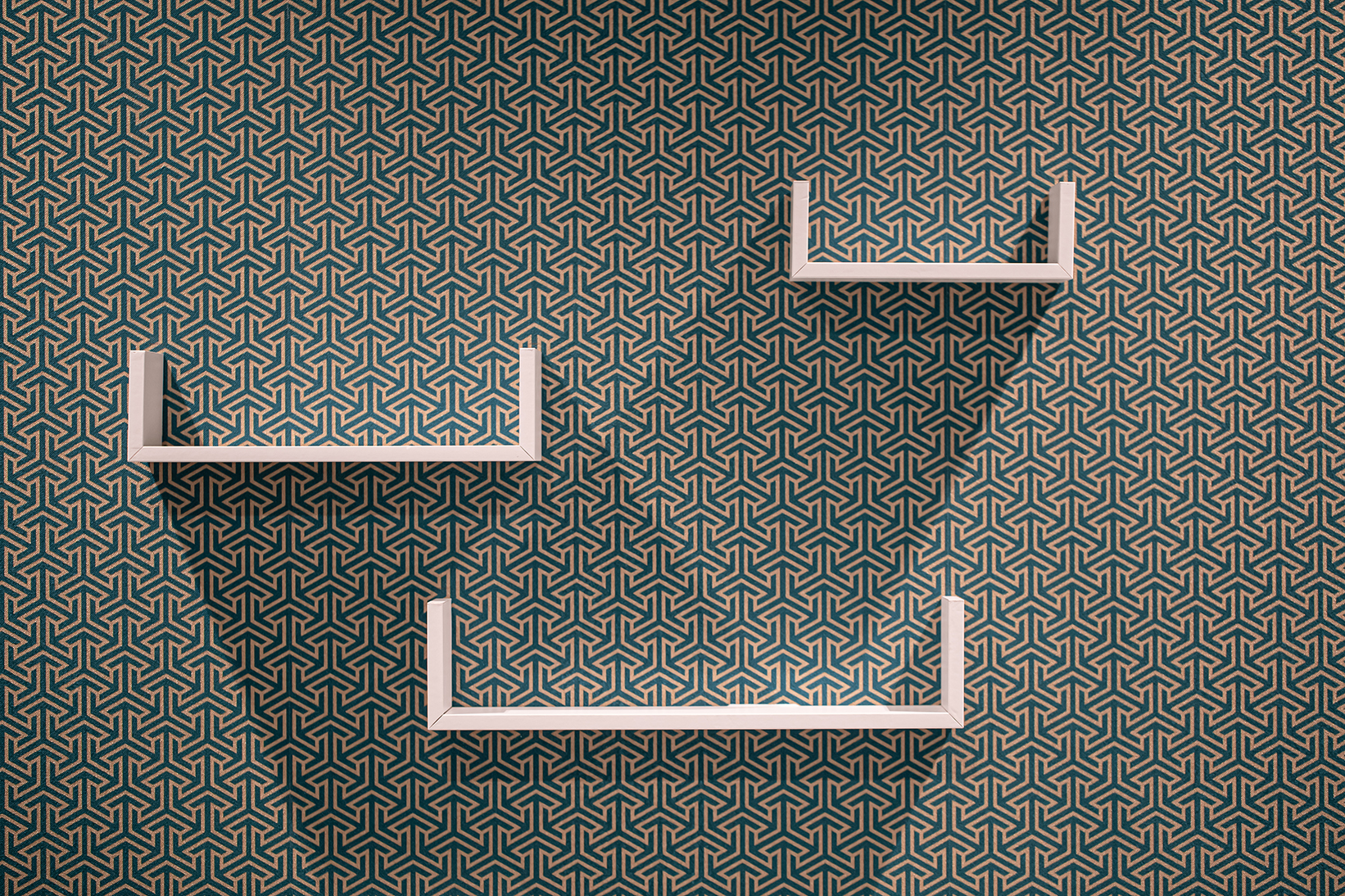
What is User Experience? Everything You Need to Know (Part 2)
In the previous part 1 of this article, we talked about what is UX and how it can impact your brand’s perception and literally drive consumer purchases.
In this guide, we’ll be taking a closer look at the backend side of the UX and understand how you can create an excellent user experience for your customers with a flawless UX.
To start with, let’s discuss about design thinking – what role does it play in enhancing your UX, what does the process of design thinking include, and much more.
How Does Design Thinking Enhance UX?
Design thinking and user experience share a lot of similarities such as understanding consumer behaviour, research methods, ideation, prototype creation, and testing. However, there are some subtle, yet fine differences between them.
Design thinking is non-linear, reiterative process of understanding the consumers, and redefining problems as well as their solutions in an attempt to find better, alternative strategies that might not be feasible instantly, but play a key role in the future.
There are mainly five different stages of design thinking:

Empathy: The first and foremost step of design thinking is to focus on the user. Here, the goal is to understand the user’s needs, interests, likes, and dislikes. It also includes other user behavioural aspects such as what motivates them, how often do they engage on various online platforms, and much more. This is where human psychology plays a key role to better understand users’ actions and how to engage with them.
Define: Next, you need to identify what problems your users face and how you can provide solutions for it. While this may sound easy at first, remember, you have to maintain a balance between your customers’ needs and brand goals. Make sure you don’t take a brand-centric approach here. Rather keep your target audience at the spotlight to create ideas that provide value to them.
Ideate: At this point, you have done your research, and defined the problems you would ideally like to solve with your service/product. Now, you can come up with ideas that can serve as solutions to your users’ problems you defined in the previous step. No matter how conventional, but brainstorming together, still remains one of the most impactful ways to generate ideas in design thinking.
Prototype: A prototype can also be a functional replica of a product, made with the intention of beta launch (pre-launch to only a specific set of target audience before rolling out the entire version). This is where UX designers build designs that align with the previously done user research, problem identification and idea generation. Right from adding visuals to making smooth transitions between different webpages, UX designers are responsible for making the user experience as quick and easy as possible.
Testing: While some companies prefer to perform both prototyping and testing simultaneously, others keep them as separate, individual stages. Testing your prototype isn’t just limited to checking the functionality of your design, rather it involves validation from real users who have actually your design. This is where you can verify if you have created the right design and whether if it aligns with your users’ needs, problems, and solutions.
In simple words, design thinking is highly focused towards user behaviour, and solving problems using assumptions, questioning, and continuous development of solutions. It helps UX designers understand their target audience better and therefore, create a more engaging experience via visual design, interaction design, and information architecture.
However, this essentially doesn’t mean that you have to hire an expensive UX designer to get the job done. Instead, you have to get an experienced UX designer who understands design thinking and how UX impacts customer behaviour and perception.
Now that you have a fair understanding of what design thinking is and how it boosts your UX, let’s quickly take a look at some of the best UX designs that exist today:
Some Brilliant Examples of Great UX Design
- Duolingo
Duolingo helps people learn different languages, which is a challenging task that can often be intimidating for many people. With its clean and simple UX, Duolingo makes it easy for users to navigate through their language system and search languages, select them for learning. Before you know it, you are already hooked to the platform and on your learning journey.
- MailChimp
MailChimp is an extremely popular email marketing application among online creators and business owners. They have a pretty intuitive UX design which helps users understand even the most complex email marketing terms in simple language without getting overwhelmed.
- Airbnb
Airbnb offers a simple, direct search bar that lets you look up accommodations including hotels, homestays, resorts, etc along with your check in and check out dates. You don’t have to fuss around with its UX and within a few clicks, you can achieve your goal of looking for an accommodation for your upcoming travel.
- PayPal
PayPal provides a seamless user experience with its well-structured and intuitive UX on both website and its mobile application. You can receive and send money internationally within seconds, and there’s no learning curve involved. So, users have a quick, simple, hassle-free way of making transactions.
- Yelp
Yelp is considered the go-to platform for users who want to explore anything around themselves. This could be restaurants, spas, mechanical shops, malls, movie theatres, etc. The user has to simply enter what they need to search and the location, that’s it! Yelp searches through its database and thousands of listings to give a result quickly to the user.
Final Thoughts
Having a great UX not only impacts the perception of your brand to your audience, but also makes the entire buyer journey more streamlined and easier. Customers can simply navigate the website, choose the service/product that best suits their needs, and follow a simple checkout process.
Now, compare this with a clunky website that has a steep learning curve and is difficult to navigate, let alone make a purchase. Why would a customer invest their time and efforts into a website that doesn’t fit their needs instantly?
As a marketer, a UX designer, or a brand owner, you have to ensure you give the best UX possible to your audience.
If you want to connect with a professional UX designer, you can get in touch with our skilled UX designers. Be it designing your website/app, or helping you create a marketing funnel, we do it all.
Welcome to Integration Yantra, where we strive for excellence in all aspects of creative marketing, digital marketing and eCommerce Development Services and Solutions. Our team is made up of talented subject-matter experts (SME) who are passionate about what they do. From our writers who meticulously research and craft blog posts to our UX designers, developers, testers, and marketers who work together to deliver the best results possible, we are dedicated to providing our clients with the highest level of service. Read about our services here.


